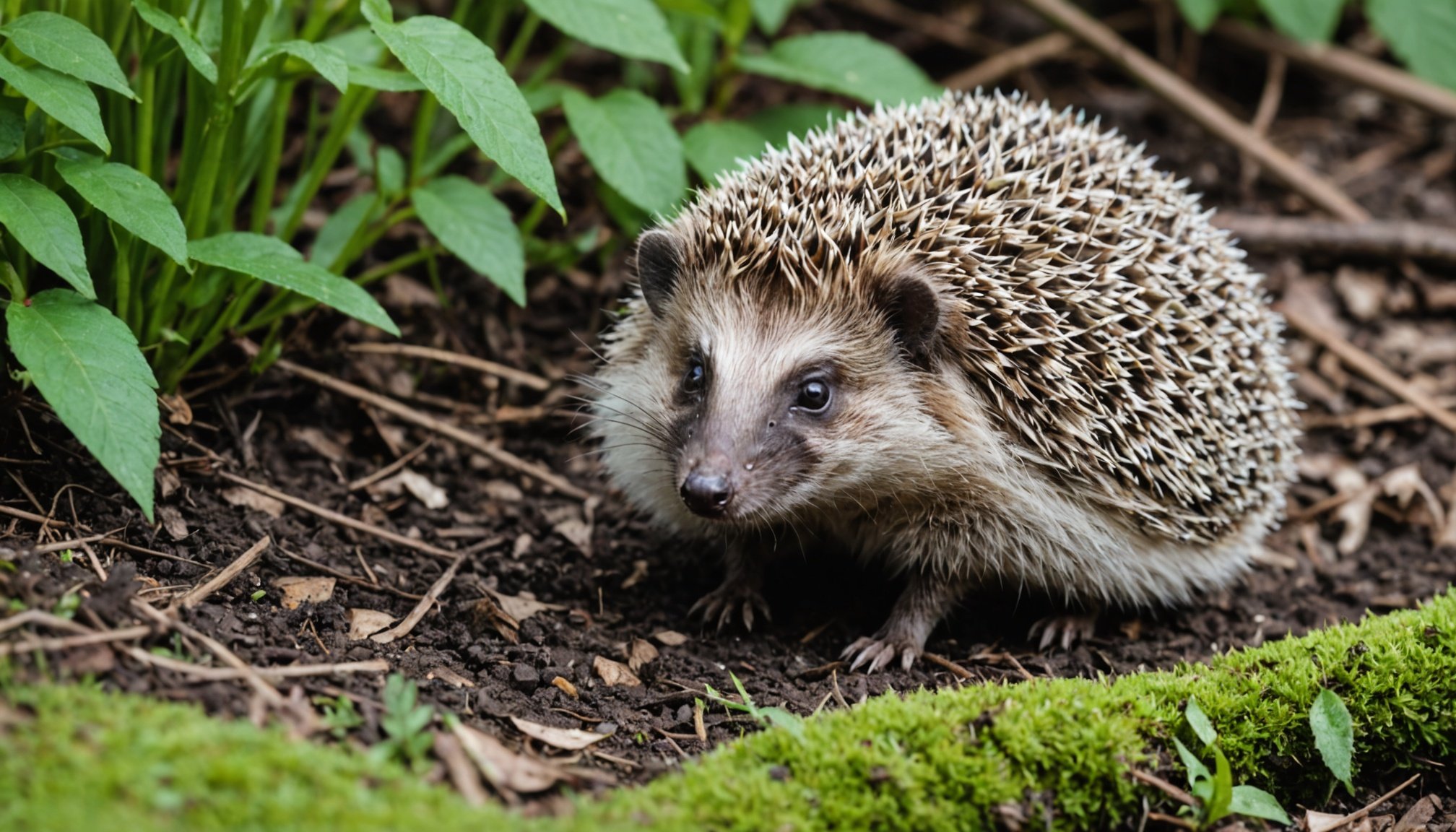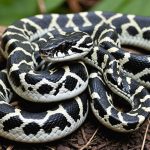The Role of City Garden Hedgehog Habitats in Wildlife Conservation
City garden hedgehog habitats play a vital role in maintaining and enhancing urban ecosystems. Hedgehogs are not just adorable creatures; they hold ecological significance by controlling pest populations and maintaining the natural balance. These charming creatures are natural pest controllers, consuming large quantities of insects, slugs, and other pests that can damage plants.
City gardens provide crucial habitats for hedgehogs, offering safe spaces to forage, rest, and breed. In urban areas, where natural spaces are limited, city gardens act as havens for various wildlife. These gardens not only support hedgehog populations but also contribute to the broader network of urban wildlife.
A découvrir également : Essential Reasons to Track Shell Health in Hermann”s Tortoises: A Deep Dive into Their Well-being
The health of hedgehog habitats is closely linked to the overall health of urban ecosystems. A thriving hedgehog population reflects a balanced environment. Their presence indicates a rich biodiversity and healthy wildlife conservation efforts. By fostering these habitats, city dwellers can support wildlife conservation and contribute to a harmonious urban ecosystem.
Encouraging the creation of hedgehog-friendly gardens and connecting these green spaces ensures their survival and benefits a wide range of urban wildlife, illustrating the interconnectedness of hedgehog habitats and overall wildlife health.
Dans le meme genre : Expert guide to your snake”s shedding: essential tips for a seamless and healthy experience
Successful City Garden Projects and Their Impact
Urban environments can become sanctuaries for wildlife through successful garden projects. A shining example is the hedgehog-friendly garden initiative in London. This project focuses on providing safe passage between gardens, aiding hedgehog movement across urban landscapes. Barriers are removed, and specific planting encourages feeding and nesting, leading to increased hedgehog populations.
Community engagement plays a pivotal role in these projects. Local residents actively participate, attending workshops on native planting and building hedgehog houses. This involvement not only benefits wildlife but also strengthens community bonds.
Measured outcomes of these initiatives are profound. Studies reveal a significant rise in urban wildlife, with areas previously devoid of such biodiversity now hosting a variety of species. Gardens adopting hedgehog-friendly practices report an uptick in the health and number of these mammals, indicating the success of these projects.
Urban wildlife initiatives promote sustainable living and ecological awareness. They encourage communities to see the benefits of living alongside nature, fostering a harmonious coexistence. By replicating these models, cities worldwide can boost biodiversity while improving urban living standards. This approach highlights how simple changes in garden practices can lead to a thriving environment for both humans and wildlife.
Research Insights on Hedgehogs and Urban Ecosystems
Understanding the ecological benefits of hedgehogs in urban settings is fundamental to conserving them. Research studies have delved into the role these small mammals play within urban ecology, highlighting their contributions to maintaining biodiversity and ecosystem balance.
Studies Supporting Hedgehogs’ Role in Ecosystems
Multiple research studies have illustrated that hedgehogs actively contribute to controlling pest populations, thus supporting the health of urban ecology. By feeding on a variety of insects and other small invertebrates, hedgehogs help maintain a balance in the ecosystem.
Analyzing Urban Populations of Hedgehogs
Scholars have observed and analyzed hedgehog populations within cities, finding that they adapt surprisingly well to urban environments. These populations often serve as indicators of a healthy urban ecosystem. However, research also highlights challenges such as habitat fragmentation and road traffic, which can threaten hedgehog survival.
Findings on Biodiversity in Hedgehog-Accessible Areas
Research findings suggest that hedgehog-accessible areas often boast higher levels of biodiversity. Their presence positively impacts soil quality through their foraging activities and, consequently, enhances the growth of various plant species. A mix of hedgehog-friendly and plant-rich areas can encourage diverse urban wildlife, improving overall ecosystem health.
Practical Tips for Creating Hedgehog Habitats in City Gardens
Creating hedgehog habitats in urban gardens can significantly boost urban wildlife conservation efforts. Implement simple gardening tips to ensure your garden is a welcoming space for these creatures.
Start by incorporating essential components such as logs, leaves, and brush piles. These offer potential nesting spots and a rich source of insects, which hedgehogs favour. When it comes to plants, choose hedges and shrubs like hawthorn, holly, or privet, as they provide shelter and food. Native plants and flowers are excellent for attracting insects, laying a robust foundation for an ecosystem that supports hedgehogs and other wildlife.
Next, implement maintenance practices that preserve these habitats. Avoid using pesticides and slug pellets, as they can harm hedgehogs and reduce their food sources. Instead, attract hedgehogs naturally by ensuring their habitat has plenty of earthworms and beetles. Regularly replenishing water sources and maintaining small holes in fences that provide safe passage between gardens can enhance habitat suitability.
By focusing on these practical measures, your garden will become a haven for hedgehogs while simultaneously benefiting other urban wildlife. The emphasis on both structural and natural elements will promote a healthy and diverse ecosystem.
The Broader Impact of Hedgehog Habitats on Wildlife Conservation
Hedgehog habitats play a crucial role in the collective effort to bolster wildlife conservation. By creating protected environments for hedgehogs, we inherently support a myriad of other species cohabiting these spaces. The synergistic relationship within these ecosystems ensures that hedgehogs, alongside other wildlife, thrive, enhancing biodiversity.
Urban habitats offer a remarkable opportunity for conservation efforts, as city gardens serve as pivotal sanctuaries for hedgehogs and other wildlife. These green spaces act as mini-habitats, fostering biodiversity in bustling urban areas. By nurturing native plant species and ensuring safe nesting sites, these gardens contribute significantly to the ecological fabric of a city.
The collaboration between conservationists and city planners is paramount in developing effective hedgehog habitats. This partnership ensures that urban development does not come at the expense of local wildlife. By incorporating wildlife corridors and green roofs within urban planning, cities can enhance biodiversity and similtaneously make strides in conservation efforts. Integration of such initiatives stands as proof of the city’s commitment towards sustainability. Wildlife conservation becomes an inherent consideration in urban planning.











